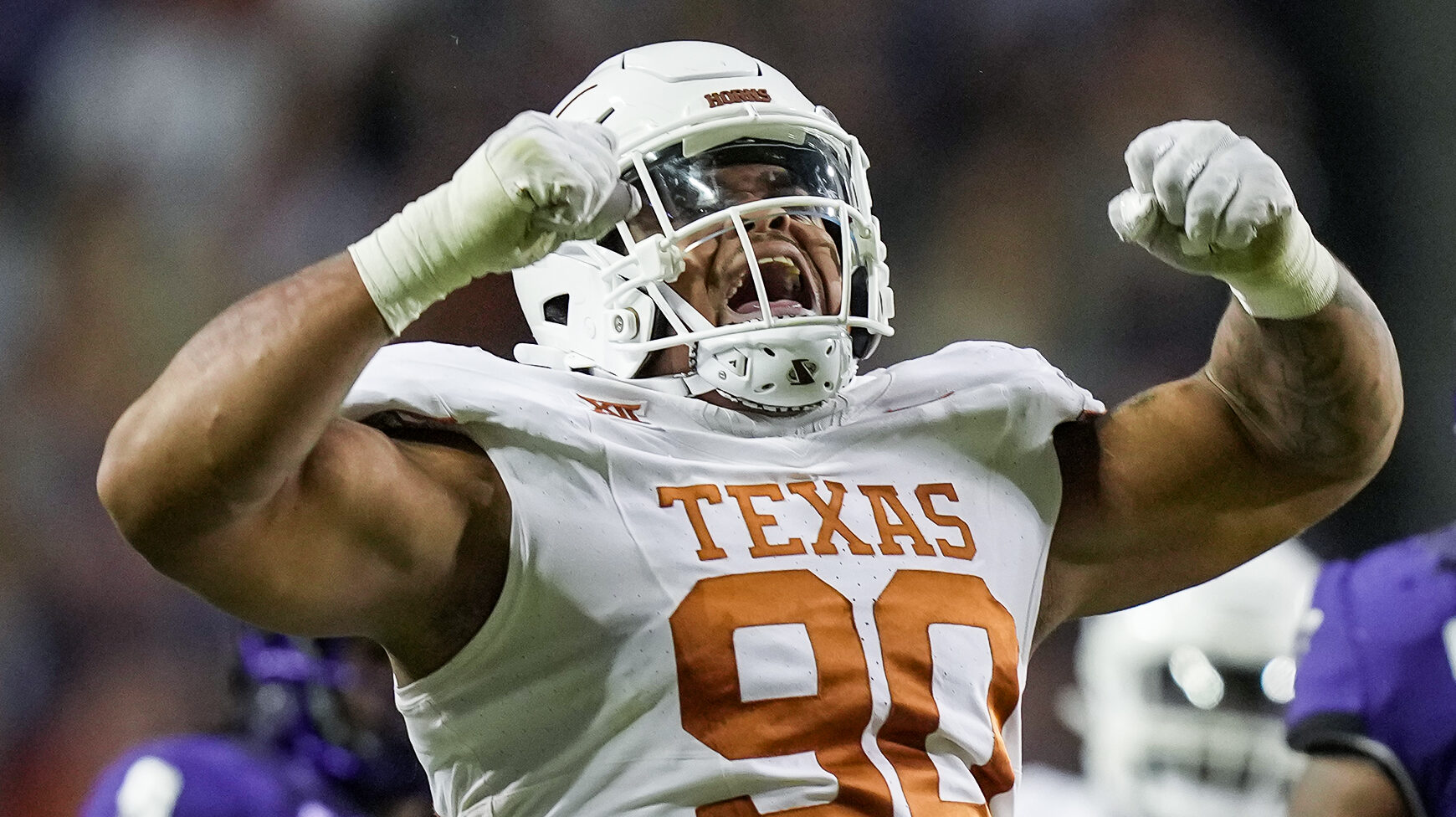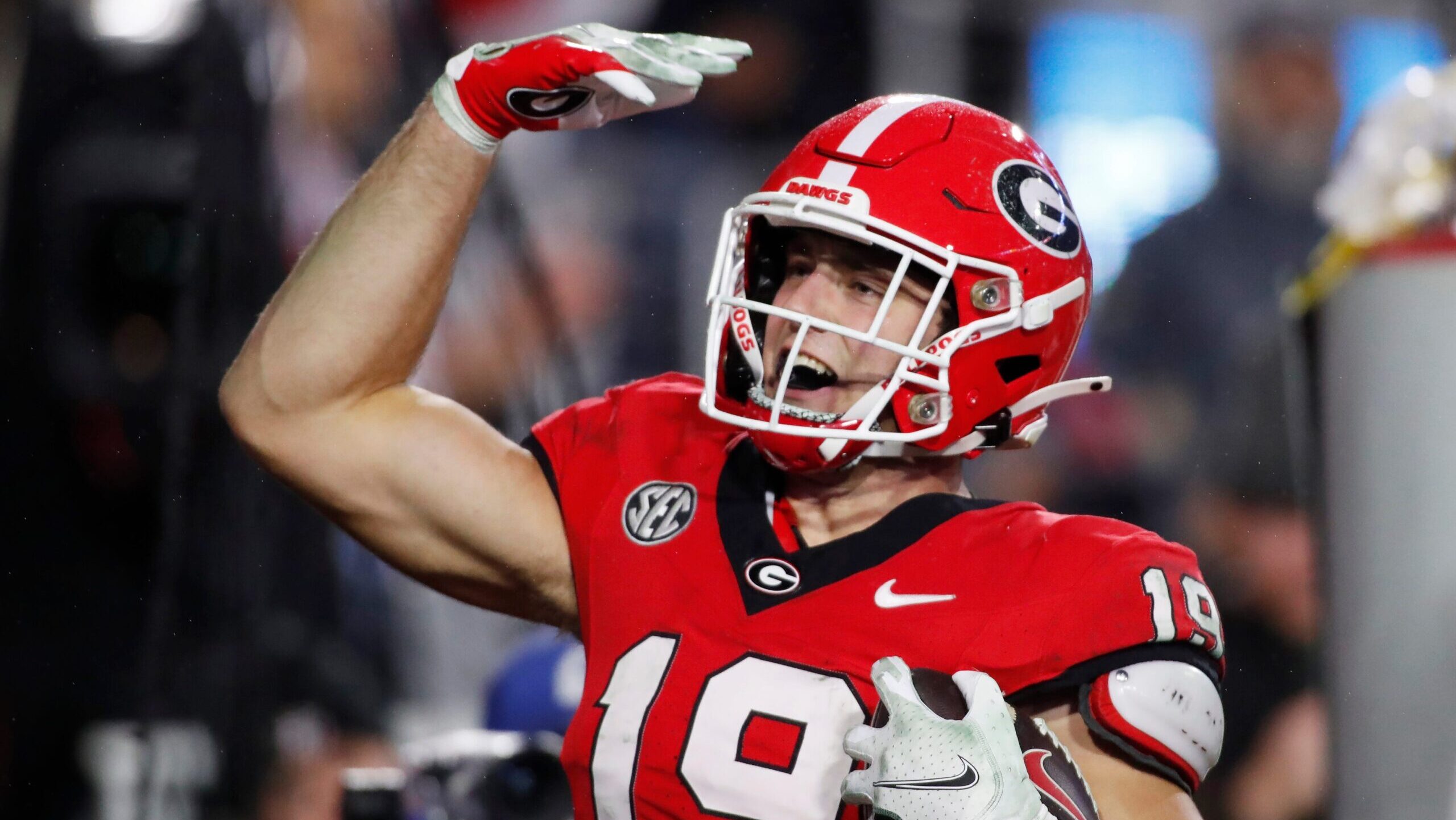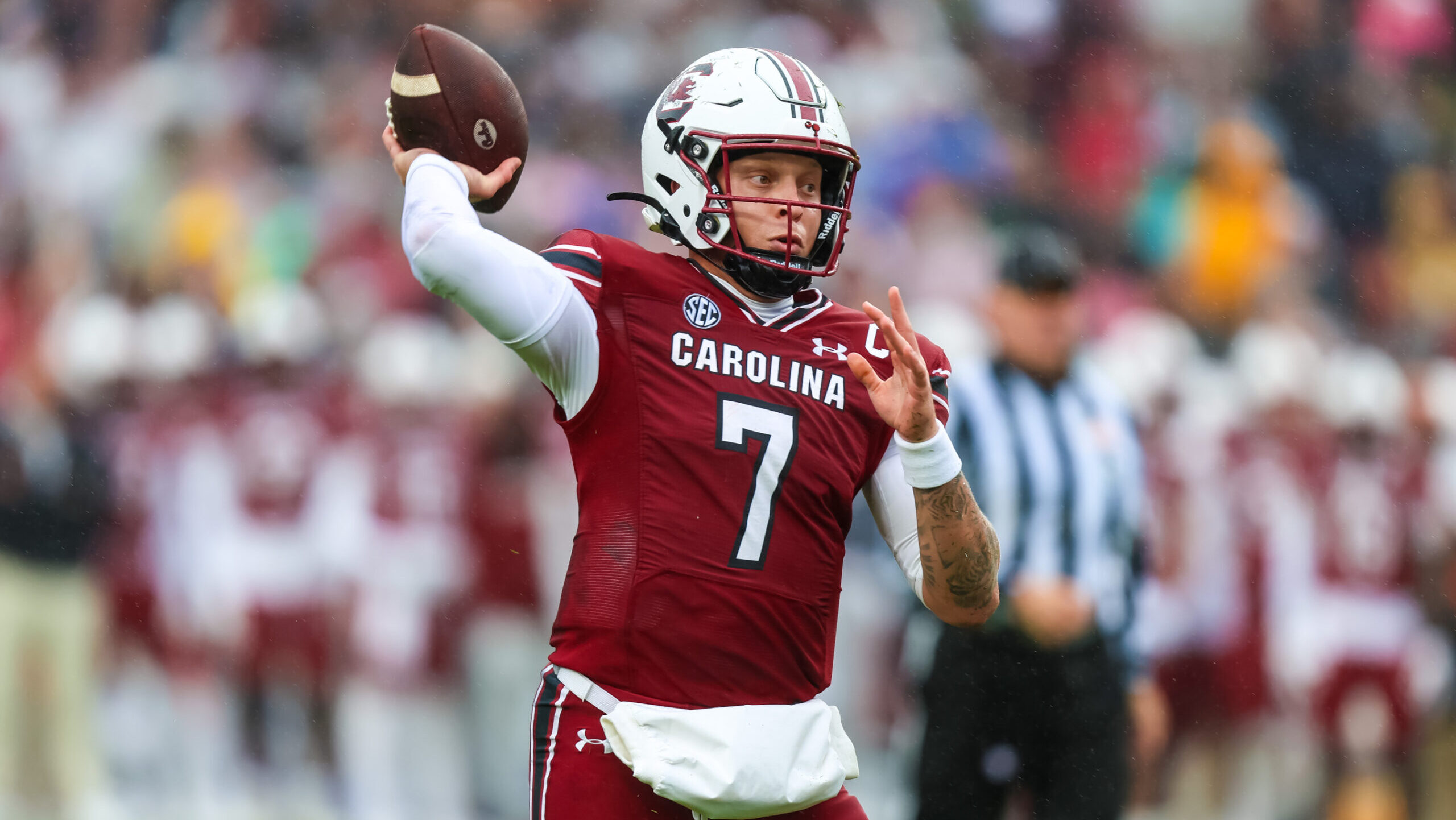Analysis
8/4/22
6 min read
Strategies behind Contest Size and Entry Limits

The way to approach which entry limit you want to play is similar to playing the lottery; the biggest prize gets the most draws.
In reality, it gives you extremely low odds to win if you aren’t buying a ton of tickets. For example, if the contest contains 100,000 tickets, and each person could buy 150 tickets, but I could only afford 30, I wouldn’t like my odds compared to the field. However, if it were a contest with 1,000 entrants, and everybody could only buy one ticket, I would prefer that even if the prizes were much smaller. Ultimately, there’s a tournament built for every consumer, and it’s essential to know how to approach each before deciding which you will play.
Size of the contest
The starting point for any entry limit is the size of the contest and how it changes the approach. Let’s start with the 100,000 or more entrants that are normally 150 max contests. This is where rostership will be its most accurate. For example, if there are 100,000 entries, a player projected for 30% rostered will generally come in a range of 25-35%. While in a contest that is only 100 people, that same player can easily be over 50% rostered.
The keys to a large field tournament are simple, try to have at least one 10% projected rostered player involved with the build. The size of the contest will mostly dictate how different from the field you will have to get. For example, a 30% rostered Dalvin Cook in a 100,000 entry contest has 30,000 lineups. If you choose to play him, you will have to focus on getting different than 30,000 other entrants, and that is a lot different than a 100-entrant contest, where it’s only 30 lineups.
How to approach Multi-Entry Limits
Three-entry Maxes
The one rule I live by is the 0% or 100% approach to chalk players or players you have deemed “must-have” in a lineup.
In three maxes, you gain significant leverage by completely avoiding the chalk player or being 100% on him to be well over the field. Think of it this way: if a player is 40% rostered, then having 0% can give you 40% leverage on the field, and being 100% on the player gives you leverage on 60% of the field. If you play the player in a single lineup, it’s giving you 33% of the player, which is still not enough of him to get leverage.
However, if you decide that you are only playing the player in two, then you are looking for a great game but not a ceiling game so that your other lineup can still win. If you find a player that you would like to be 100% on that is not considered chalk, there are a few things to consider. For starters, if the player is expensive, you need to be comfortable seeing how they finish at the top of their position. However, if they are cheap, you need to consider the outcomes where they finish with a 3-4x on their value.
The next step is narrowing down the runback options as a mini-stack or QB stack. I want to be aware of players that will score points on the other side, which will keep the player in a position to continue producing. Three-entry maxes are the entry limit that has best suited me.
20-entry Maxes
In 20-entry maxes, there are only large field contests, so the focus will again be on strategy.
Beginning with the QB pool, you will deploy crucial because this will lead you to the main combinations you will build. No matter the contest size, I am looking to find at most four QBs to stack with, and that will include a big chunk of players I plan on being over the field on. In most cases, a QB will not exceed over 20% rostership, and if you end up with four QBs, you will be at or above the field, giving you plenty of leverage.
20-entry maxes can also be built pretty efficiently by hand, and I have been a much better hand builder than optimizer. The higher the entry size, the more accurate rostership will be on chalkier players, and with 20 lineups, you have room to gain leverage on chalk without completely fading or having to play in 100% of builds. For example, if you wanted to be overweight on a player being projected to be 25% rostered, you could simply play him in 50% of the lineups to gain leverage and be well over the field. For players that want to hand build and play a lot of lineups, 20-entry maxes are a good tournament for you.
150-entry Maxes
150-entry maxes allow you to have exposure to more players than you would typically have in other entry limits.
These contests are generally the largest and will reflect projected rostership the most. These projections will help determine whether you will be overweight or underweight in terms of rostership of a specific player. Overweight represents a spot where you have more than the field on a projected player, and underweight is the converse of that term. For example, being overweight on a 5% rostered player is 10% or above or at least twice the field. Being underweight is usually referenced when you are half the field on a certain player, for example, having 10% or less of a 20% rostered player.
The strategy for chalk players for 150 lineups is much different than taking the approach of 100% or 0% like you would in a three-entry max contest. If there’s a chalk player that I want to have in my lineups, I will go 2x the field on that specific player, and if there is a player that is chalk that I am not looking to gain leverage on, I will probably match the projected field or go well below it.
Summary
There's a contest that is going to fit the style of player you are, and I recommend looking into which entry limit suits you best. Every entry limit has differences in the ways to get an advantage and find ways to build a perfect lineup. If you cannot max enter the contest, I recommend avoiding it and focusing on what you can do with your bankroll. Of course, the top prize will always be appealing, but I prefer to have the same chances as the rest of the field.






